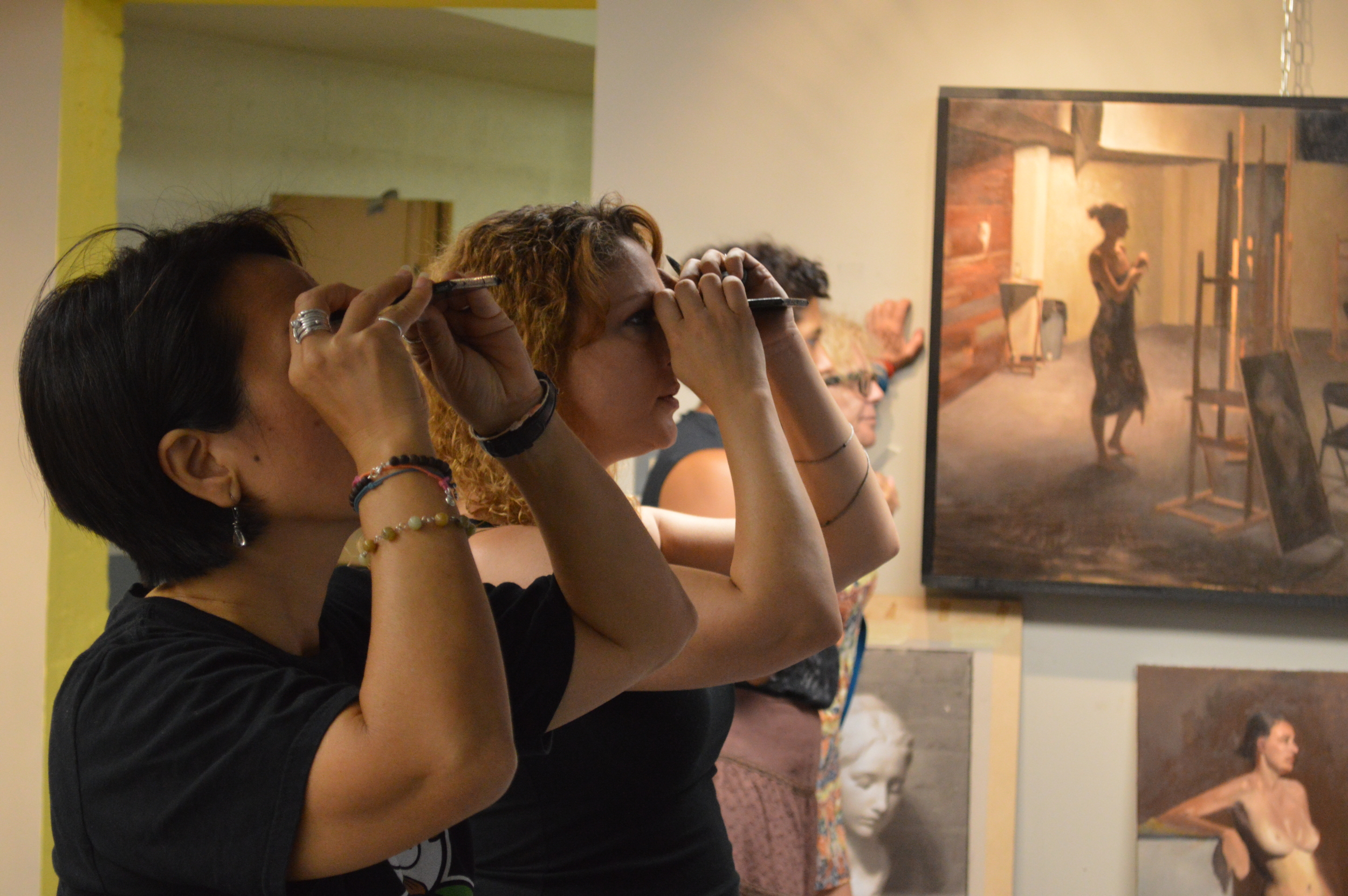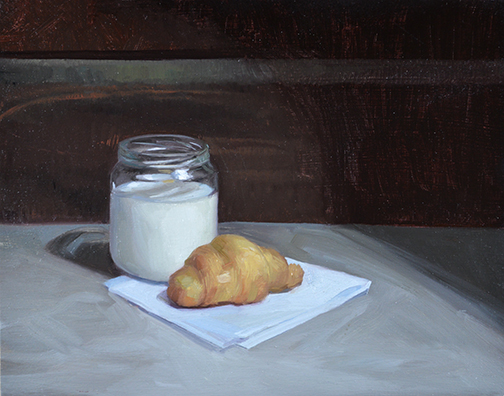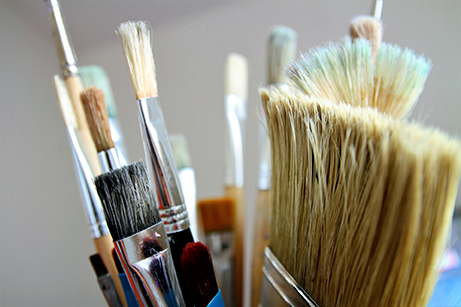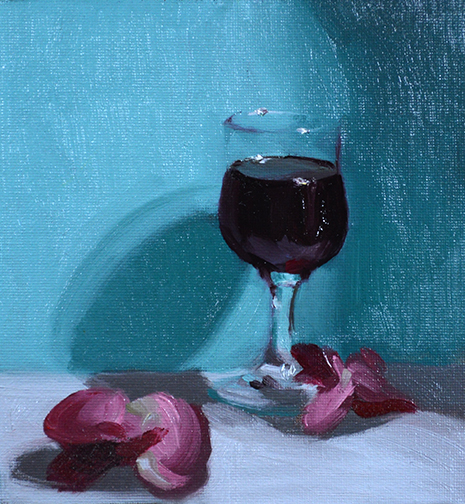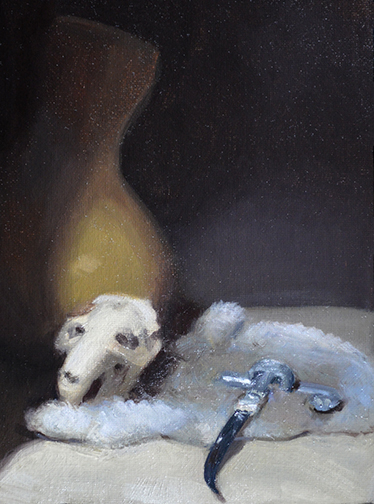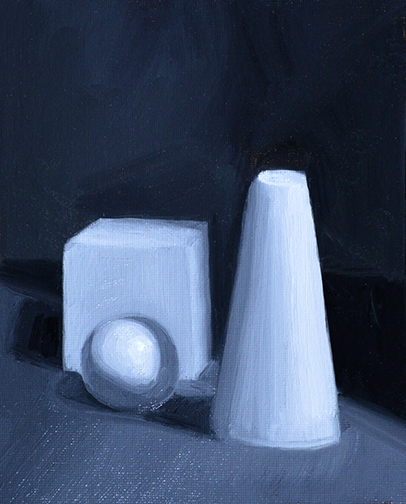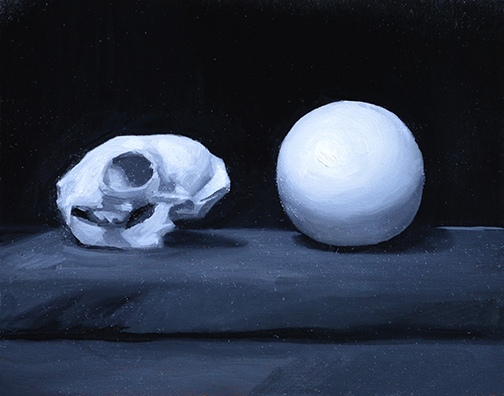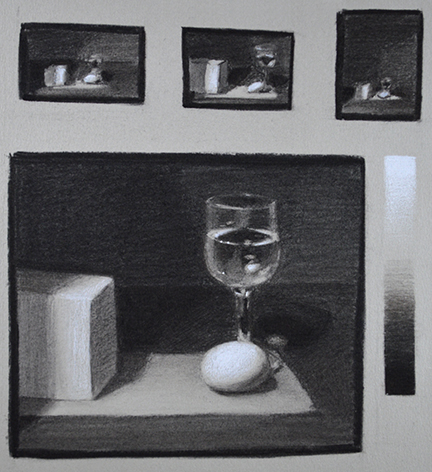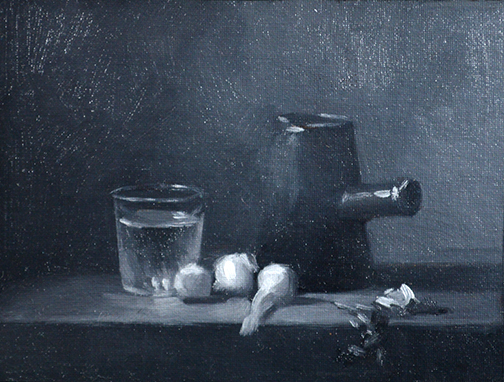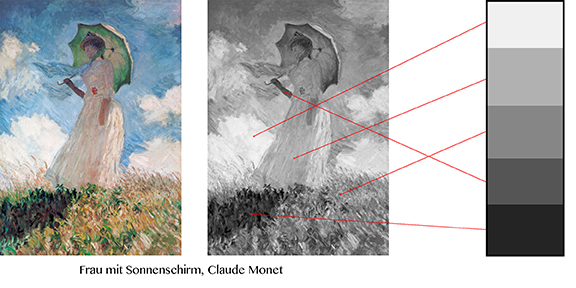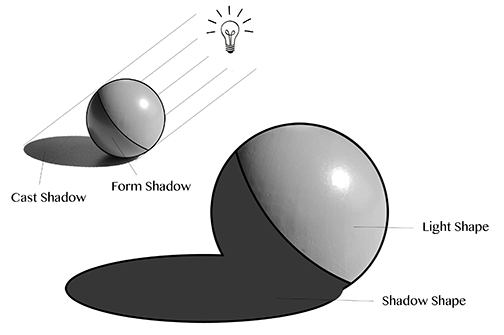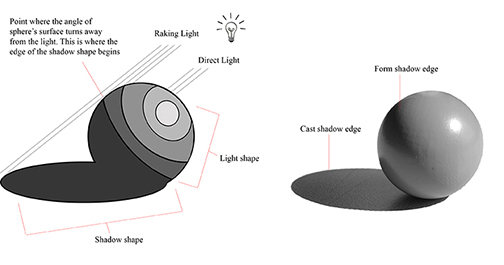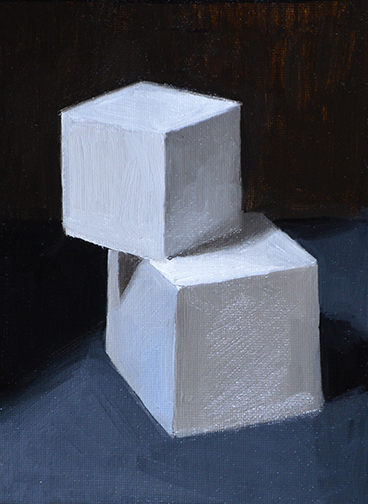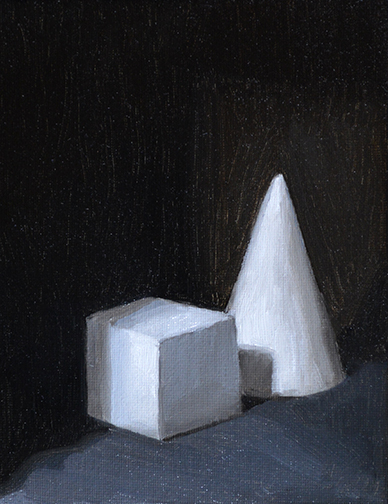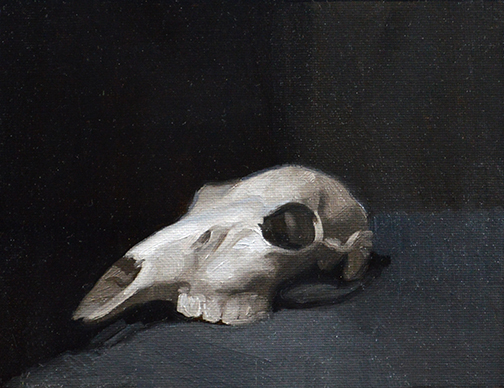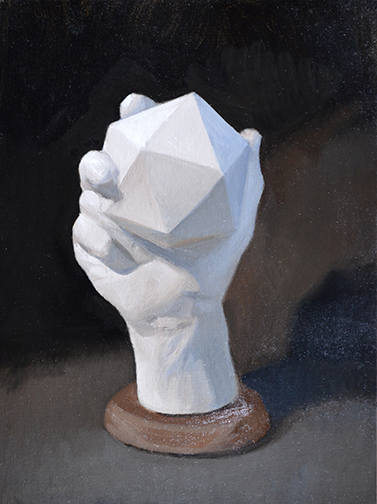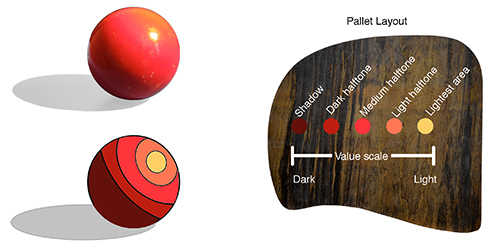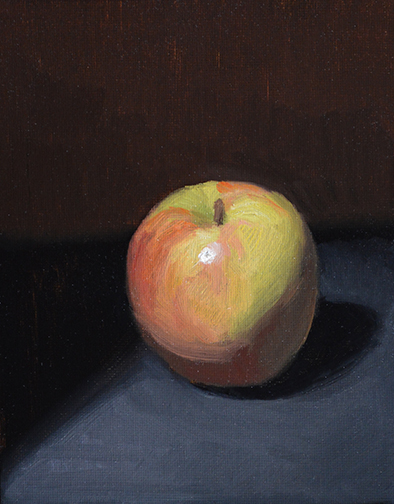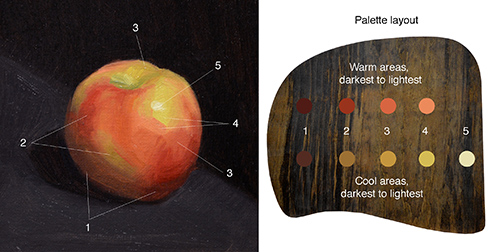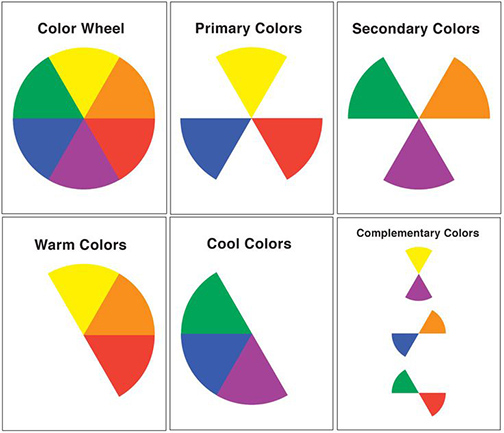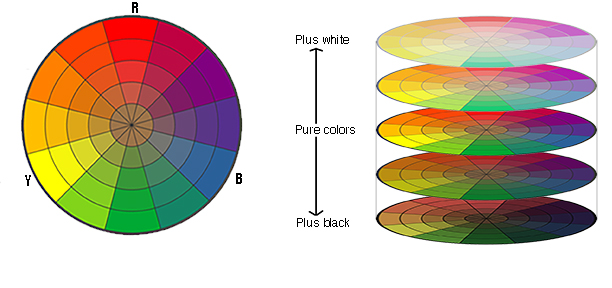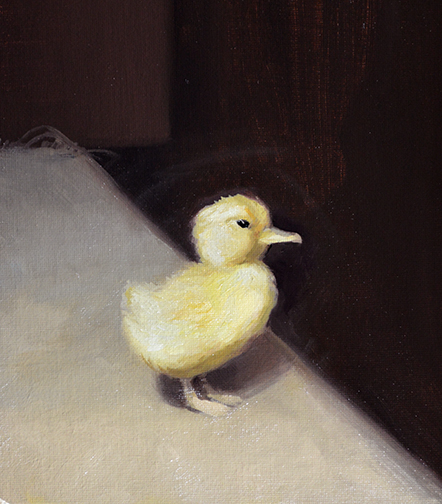Introduction to classical painting
Skill level: Intro/intermediate
Oil painting is a combination of the principles of drawing and the added challenges of color and the properties of oil paint.
In this workshop, we will be breaking down the various elements that one must consider when making an oil painting.
These would include:
-The fundamentals of achieving linear drawing accuracy.
-Understanding, identifying, and organizing values to create a light effect and the illusion of space and form
-Understanding how color mixing works and how to confidently arrive at a desired color value.
-How to organize and utilize a painter’s pallet and paint mixtures effectively
-Identifying and organizing temperature within a painting and on your pallet
-The steps within the process of making a painting, and how to move from one step to the next. From the drawing, to the block-in, and finally the finishing details.
-An understanding of composition and how artists visually guide the viewers eye to a focal point.
In this class we will be working on a series of small projects and exercises designed to explore linear drawing elements, value organization, temperature, and color mixing. In the second half of the workshop, the projects will build upon what we have learned as students create their own still life composition and are introduced to portraiture and figure painting.
Students will learn various tools and techniques for taking accurate measurements and creating an accurately proportioned image while working from life.
We will cover a systematic approach to understanding and blocking in values. This approach gives student an efficient way to observe and create an accurate light effect and sense of form, one of the most important aspects of any drawing or painting.
This class will cover color mixing. We will discuss primary and secondary colors and how to use a color wheel to understand how to steer a mixture to a desired color we see in nature. The concept of a color-value will also be covered.
We will be discussing several useful approaches for organizing and using our painter’s pallet more efficiently. It is said that 90% of the work for a painting should be done on the pallet, and only the last 10% of the work is moving the paint from the pallet and placing it on the canvas.
We will discuss identifying and organizing warms and cools as related to color in nature and how to separate them on our pallet and in our paintings. This helps create a more organic and realistic look to one’s paintings.
Within each of the projects we work on, we will be discussing the process of how to work through a painting. Starting with drawing proportions, then blocking in and covering the canvas, and finally how to refine a block-in to create a finished painting.
We will also touch on element of what makes a good composition, how to visually balance an image, and how to control the viewers gaze to create a focal point within our work.
In the final portion of the class we will turn our attention to painting the human form. We will discuss how to approach flesh tones as well as the fundamentals of portraiture and figure painting as study the works of painters such as John Singer Sargent and Anders Zorn.
Students will benefit from live demos, handouts and one-on-one daily critiques. This workshop is open to students of all skill levels and backgrounds. The complexity of the projects can be modulated to each student’s skill level.
I hope that you can join us for this comprehensive painting workshop.
Details
10, 3-hour classes
November 16th to December 15th
Saturdays and Sundays from 9AM-12
This Workshop is $380
Art classes are more fun when shared with a friend. Bring a friend who has not taken one of our courses before and you will both receive a %10 discount off of the listed workshop price.
To sign up for this workshop, please fill out and submit the registration form below.
Testimonials
“I appreciated the carefully planed lessons, the individual attention and tutoring, and the expertise of the instructor.
I would recommend this class to anyone serious about painting. ”
“I will be encouraging the artists I know to come learn from you.
”
Get information about upcoming workshops, events, and ZAFA news
